Chinese tea - Accessible Chinese Tea Insights
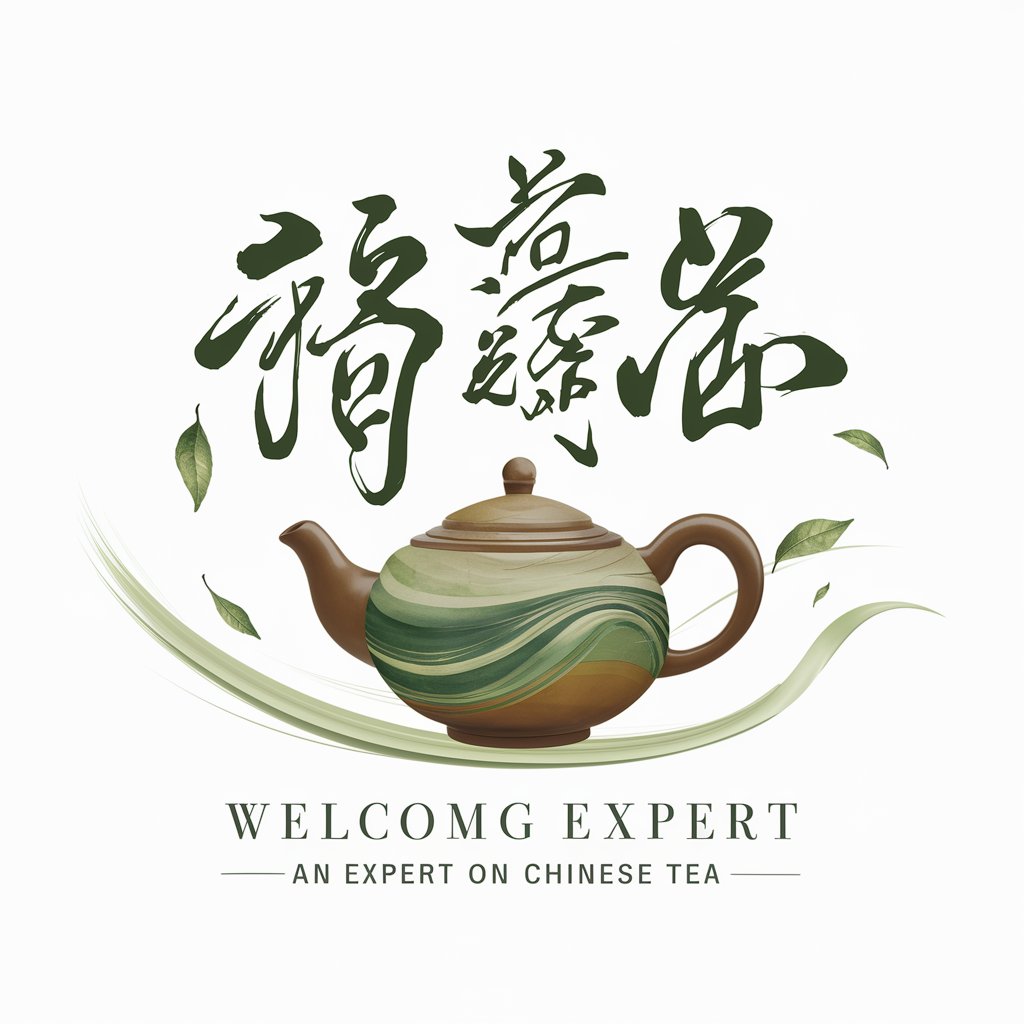
Welcome! Let's explore the rich world of Chinese tea together.
Unlock the Essence of Chinese Tea with AI
Can you explain the history and significance of Longjing tea?
What are the health benefits associated with drinking Pu-erh tea?
How do I properly prepare a traditional Chinese tea ceremony?
What are the key differences between green tea and black tea in Chinese culture?
Get Embed Code
Overview of Chinese Tea
Chinese tea, with its rich history spanning thousands of years, is not just a beverage but an integral part of Chinese culture. This tradition encompasses various aspects, including tea cultivation, brewing techniques, and ceremonial practices. The main types of Chinese tea include green, black, white, oolong, pu-erh, and herbal teas, each offering unique flavors and health benefits. The cultivation and production methods, which vary by region and type of tea, contribute significantly to the distinct characteristics of each variety. Examples include the delicate processing of green tea to prevent oxidation, which preserves its fresh, grassy qualities, and the aging process for pu-erh tea, which enhances its depth and complexity. Powered by ChatGPT-4o。

Primary Functions of Chinese Tea
Cultural Symbolism
Example
The Chinese tea ceremony, known as 'Gongfu Cha', is a perfect illustration of tea's cultural role.
Scenario
This ceremony emphasizes the artful preparation and presentation of tea, using small pots and multiple infusions to bring out the best flavor. It's often performed during important social gatherings and family occasions, highlighting tea's role in fostering social bonds and cultural continuity.
Health Benefits
Example
Green tea is frequently cited for its health benefits, including anti-inflammatory properties and the potential to enhance cardiovascular health.
Scenario
Individuals looking to improve their health may incorporate green tea into their daily routine, benefiting from its high antioxidant content, which studies suggest can aid in reducing the risk of chronic diseases.
Economic Impact
Example
Tea plantations in regions such as Yunnan and Fujian are significant to local economies.
Scenario
These plantations not only cultivate teas like pu-erh and oolong but also attract tourism, contributing to regional economic development through both agriculture and tourism sectors.
Ideal Users of Chinese Tea
Tea Enthusiasts
Individuals with a keen interest in exploring diverse tea flavors and brewing techniques would find Chinese tea especially appealing. This group benefits from the extensive variety of teas and the rich cultural practices associated with tea drinking and preparation.
Health-Conscious Consumers
People who prioritize wellness and natural remedies often turn to Chinese tea for its potential health benefits. This group is drawn to teas like green tea for its antioxidants, oolong for its metabolism-boosting properties, and herbal teas for their various medicinal benefits.
Business Professionals
Professionals in the hospitality and retail industries who wish to offer a sophisticated and culturally rich experience to customers would benefit from incorporating Chinese tea into their services. The tea's cultural significance and variety can enhance the value of offerings in restaurants, cafes, and hotels.

Using Chinese Tea: A Step-by-Step Guide
Step 1
Explore yeschat.ai for a seamless initial experience without any login requirements or the need for ChatGPT Plus.
Step 2
Select your preferred type of Chinese tea based on the desired flavor and health benefits—options range from green and black teas to oolong and pu-erh.
Step 3
Prepare the tea using appropriate water temperature and steeping time to maximize flavor extraction and health benefits. Generally, use cooler water and shorter times for lighter teas, and hotter water for longer periods for darker teas.
Step 4
Utilize traditional Chinese tea tools and vessels, such as porcelain teapots and tea cups, to enhance the authenticity of your tea-drinking experience.
Step 5
Enjoy the tea in a serene setting to appreciate its full aroma and taste, potentially making it a meditative or social activity.
Try other advanced and practical GPTs
Mr. Tea
Sip Smarter with AI-powered Tea Insights
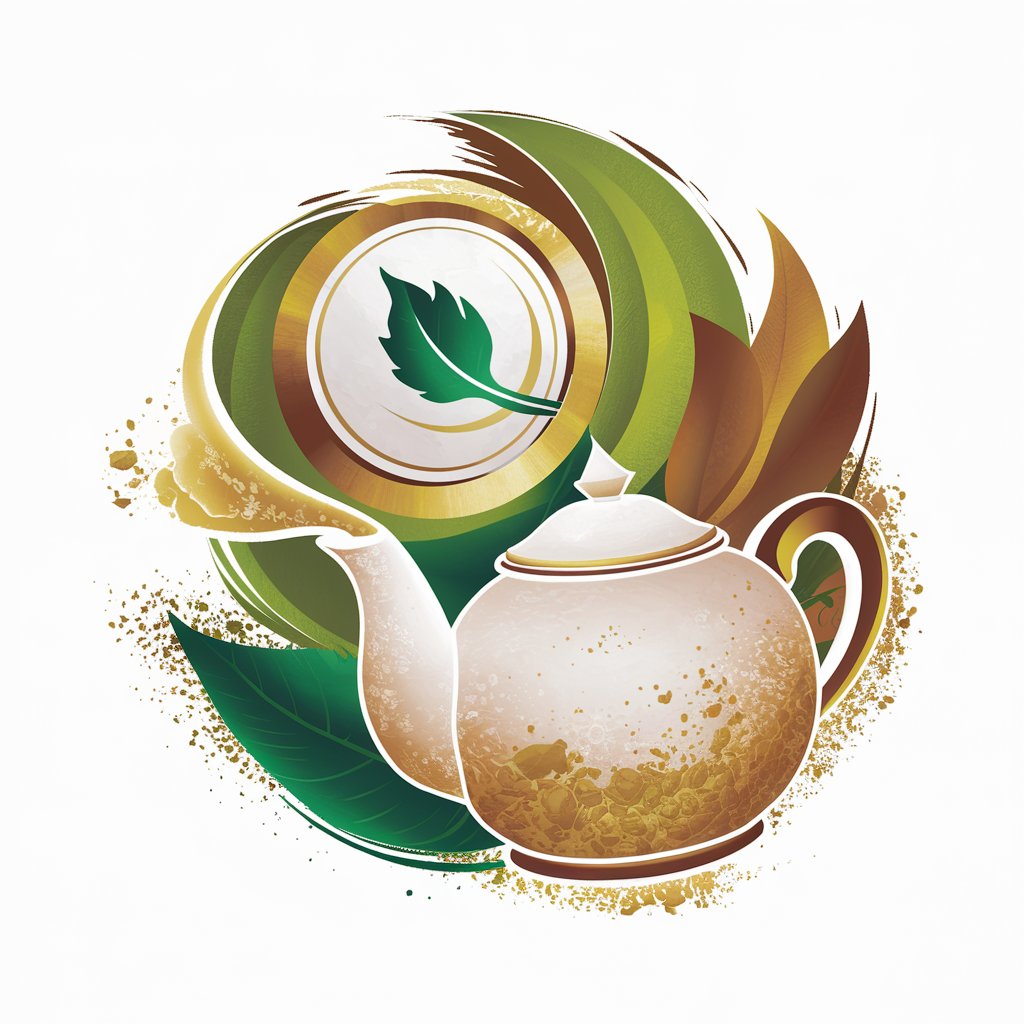
Tea Savant
Discover the world of tea, powered by AI
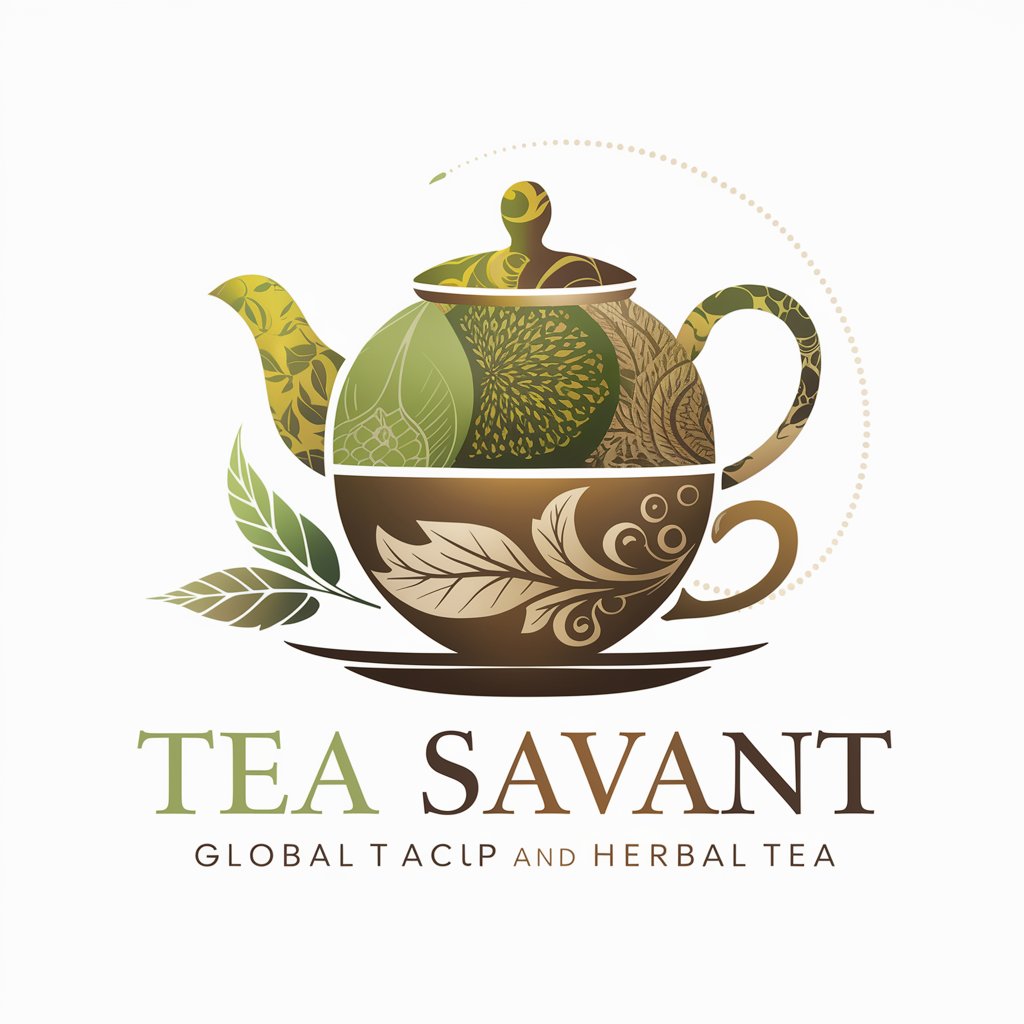
Ceylon Tea
Discover Tea, Powered by AI
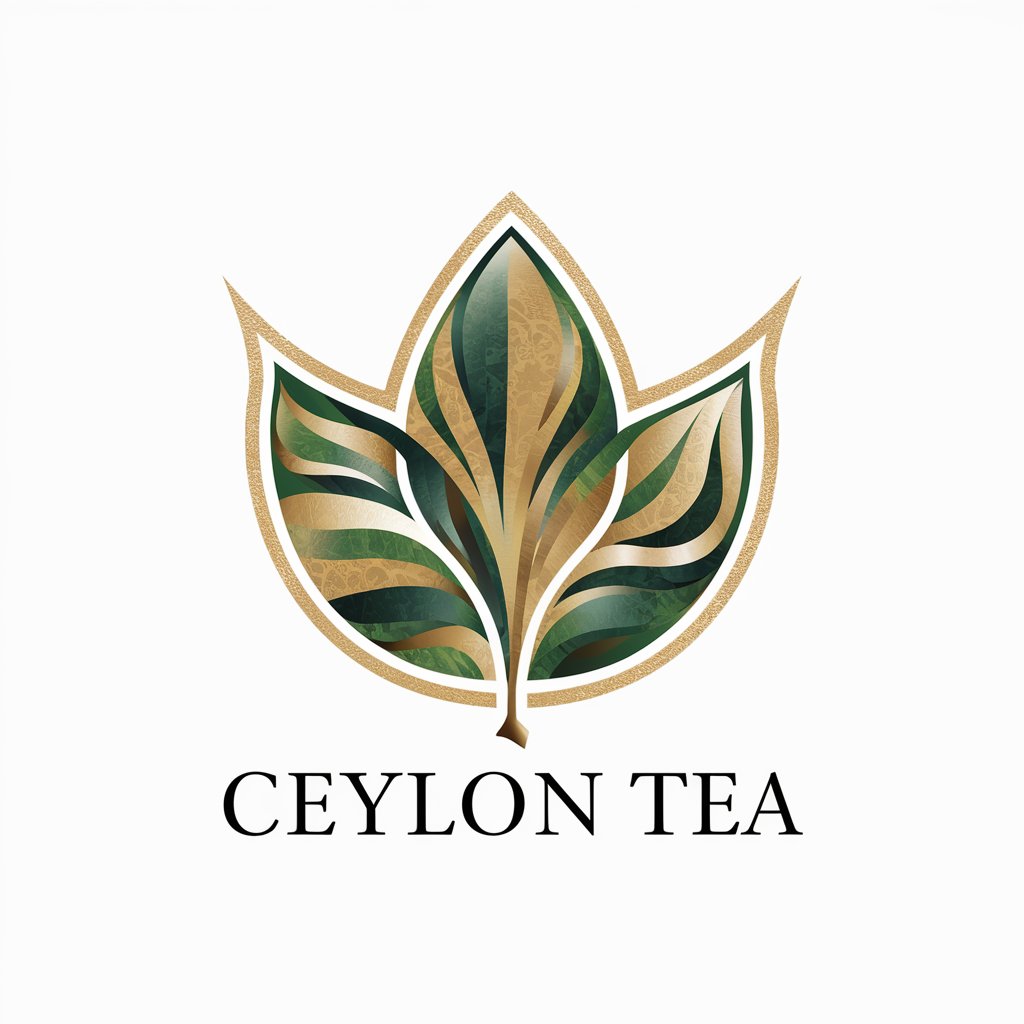
Tea Connoisseur
Sip Smarter with AI-Powered Tea Guidance
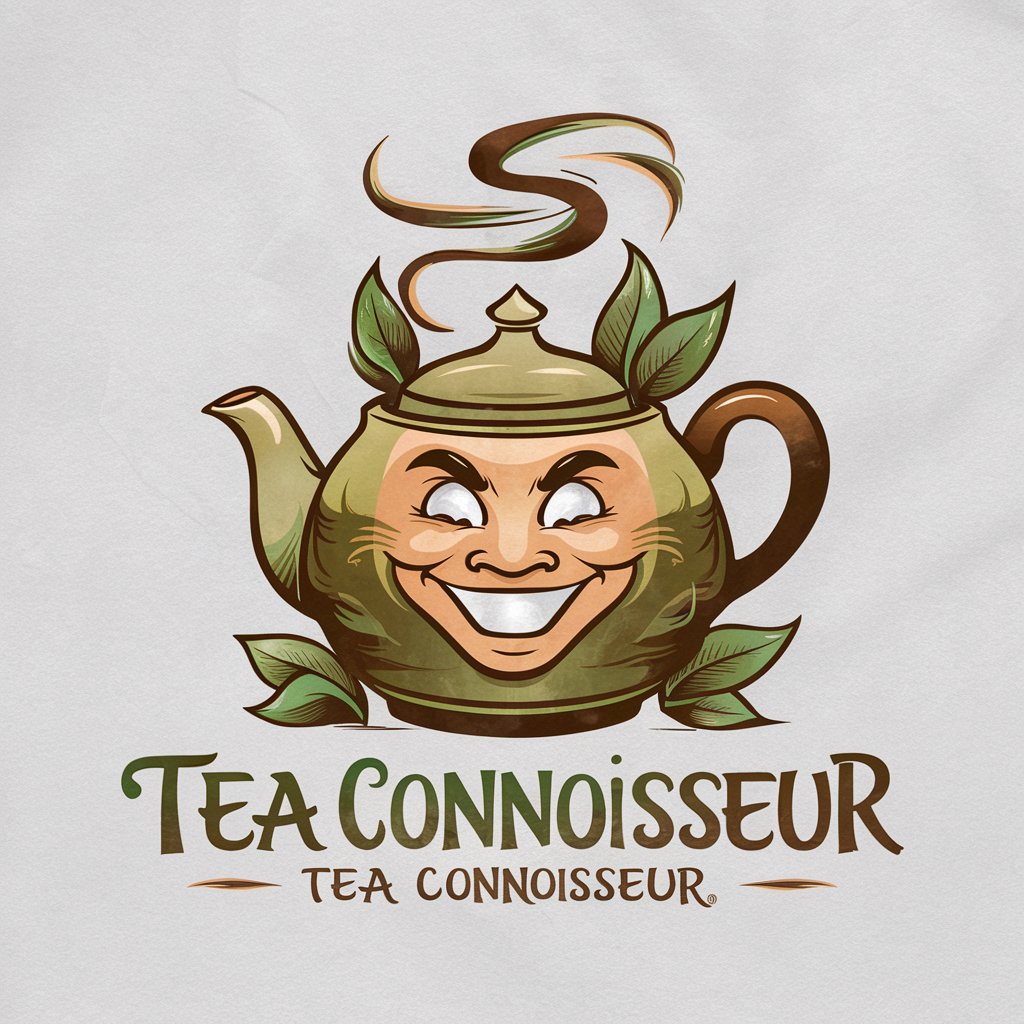
Zen Tea
Experience Tea Mindfully with AI
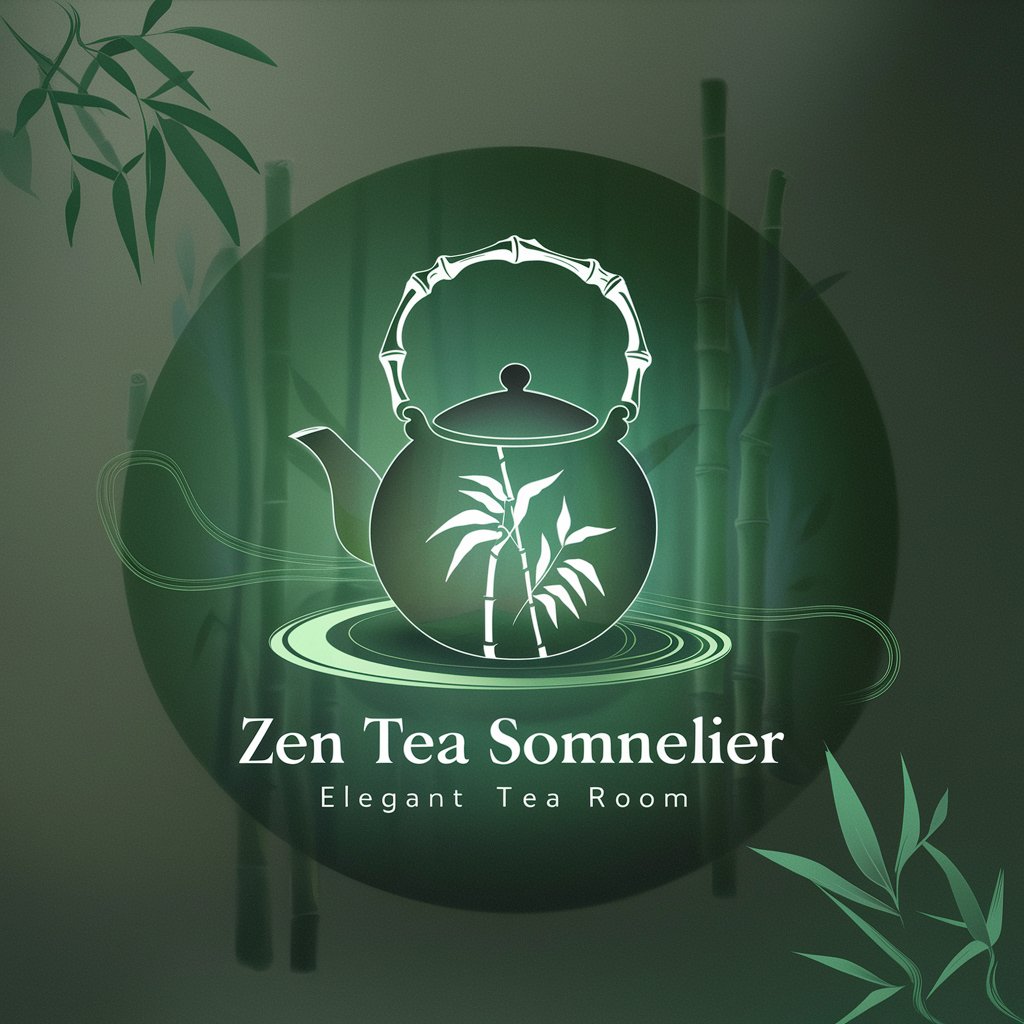
Miss Tea
Transforming chat with AI relationship advice
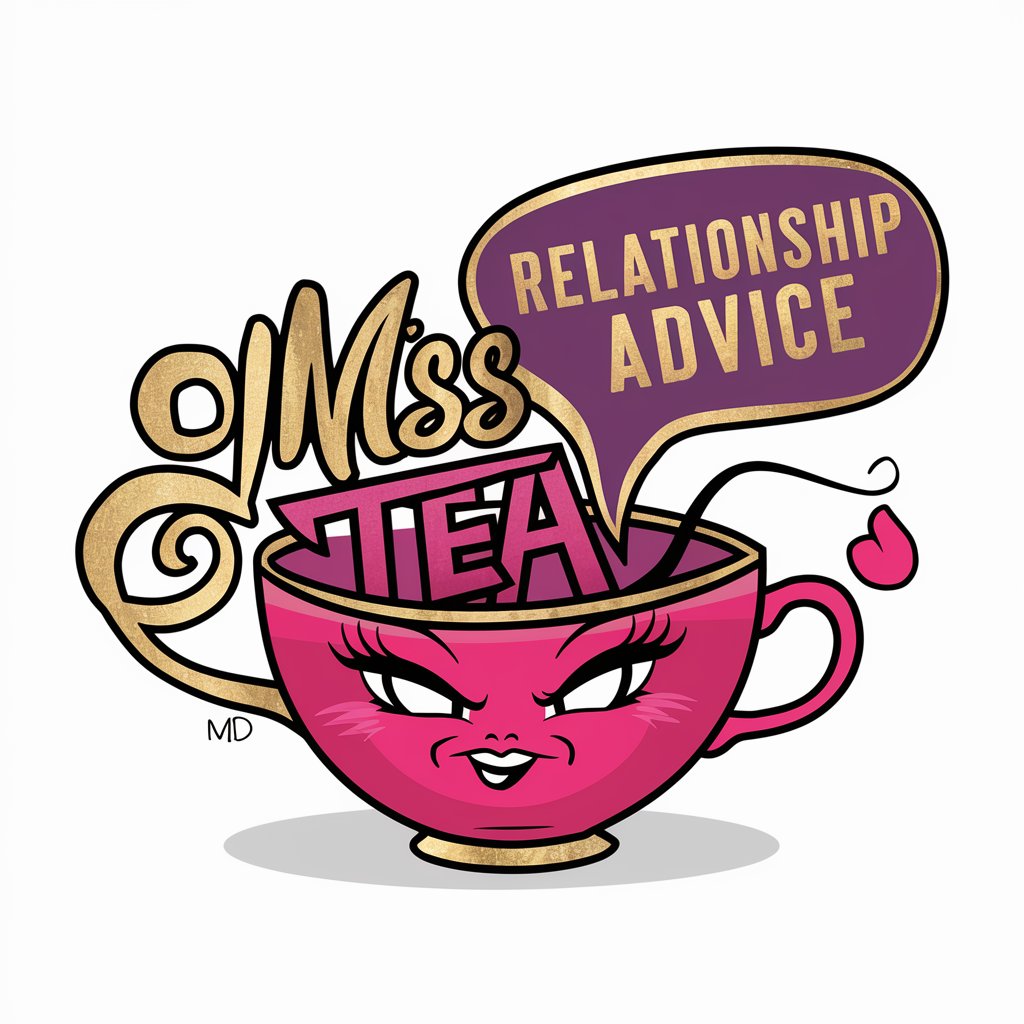
Tea Time
Steeped in AI, Infused with Tradition

Tea Architect
Tailored Tea Choices at Your Fingertips
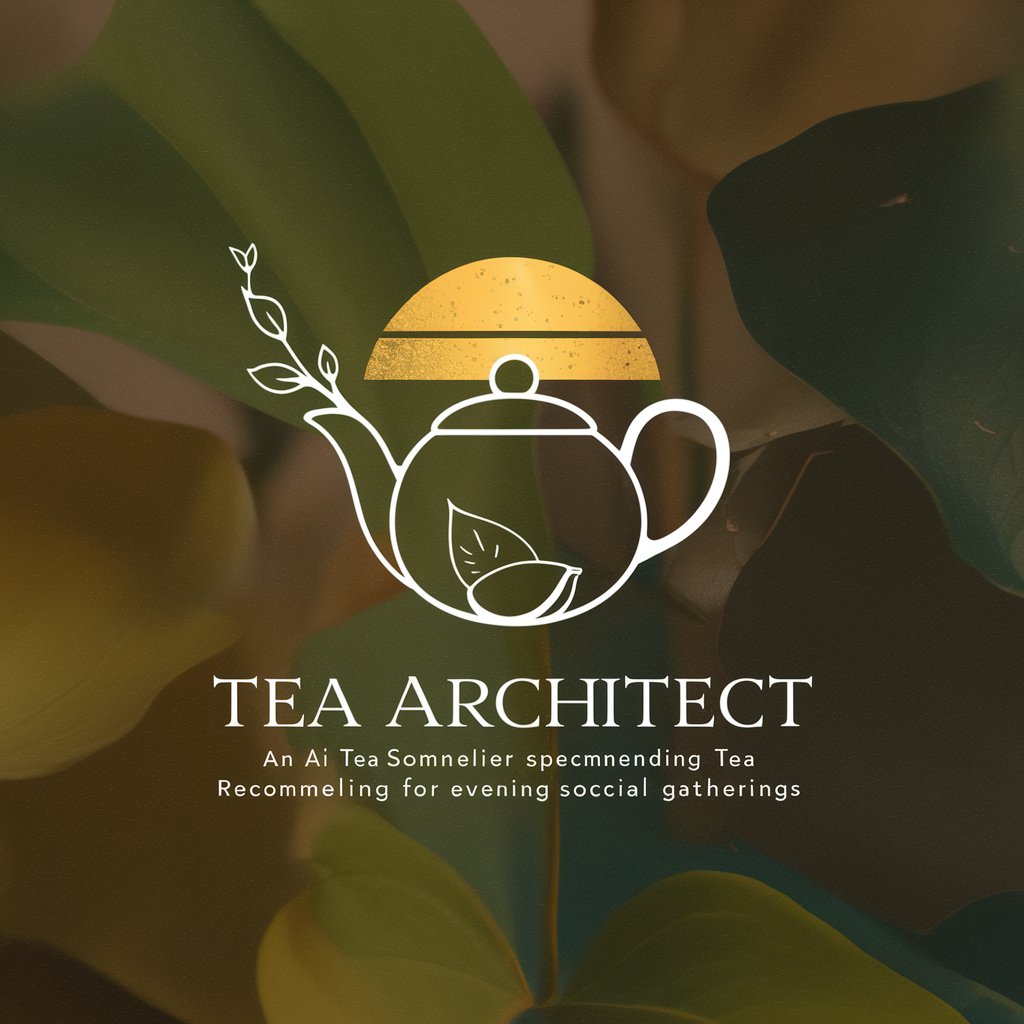
Tea Enthusiast
Discover Tea, Poetically.
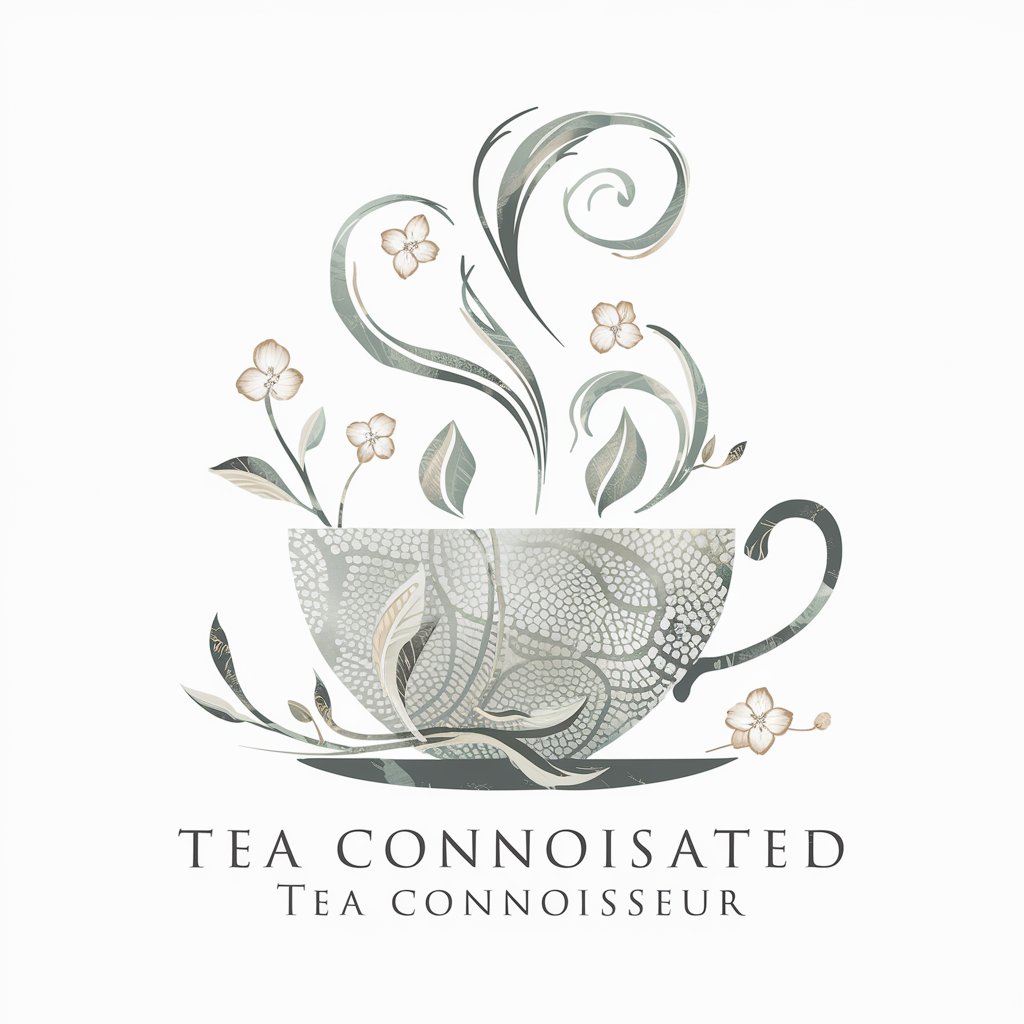
Brewr Tea Marketing
Empower Your Social Strategy with AI
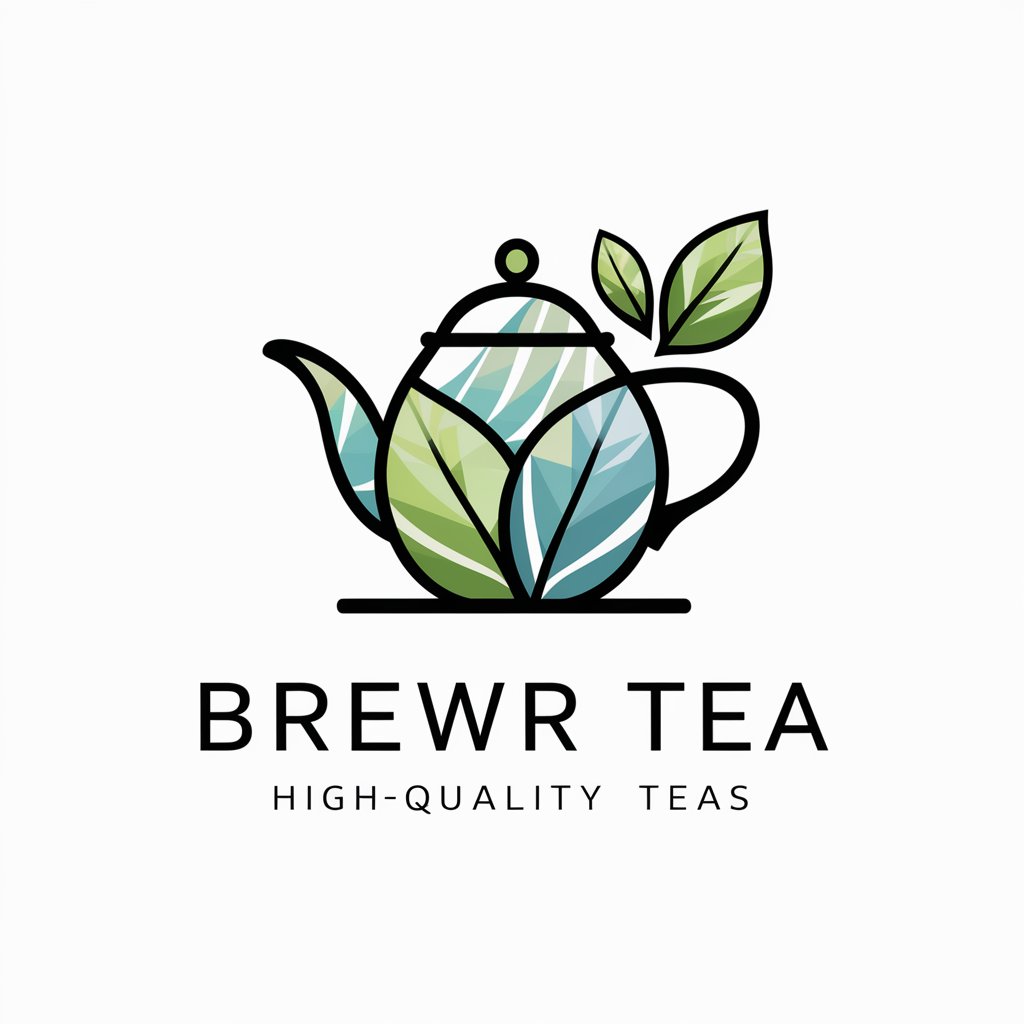
「それでも人生にイエスと言う」ために
Empowering resilience with AI

10年前の自分に伝えたいこと
Revisit Your Past, Power Your Future

Detailed Q&A About Chinese Tea
What are the main types of Chinese tea?
The main types of Chinese tea include green tea, known for its delicate flavor and antioxidant properties; black tea, which is fully oxidized and rich in flavor; oolong tea, partially oxidized with a balance of green and black tea flavors; white tea, the least processed with a gentle, sweet taste; and pu-erh tea, which is fermented and can improve with age.
How does Chinese tea influence health?
Chinese tea contains antioxidants, vitamins, and minerals that can help boost the immune system, reduce inflammation, and lower the risk of chronic diseases such as heart disease and diabetes. Different types of tea have varying health benefits based on their levels of oxidation and processing.
What is the best way to store Chinese tea?
To maintain freshness and flavor, Chinese tea should be stored in airtight containers away from light, moisture, and strong odors. Tea can also be refrigerated or frozen for long-term storage.
Can Chinese tea be used in cooking?
Yes, Chinese tea can be used as a flavoring agent in various dishes. For example, tea leaves can be used to smoke meats, or brewed tea can be incorporated into sauces and marinades to add a unique flavor.
What cultural significance does Chinese tea hold?
Tea is deeply ingrained in Chinese culture and is a symbol of hospitality and respect. Tea ceremonies, which are ritualistic ways of preparing and presenting tea, play an essential role in family gatherings and major events.
